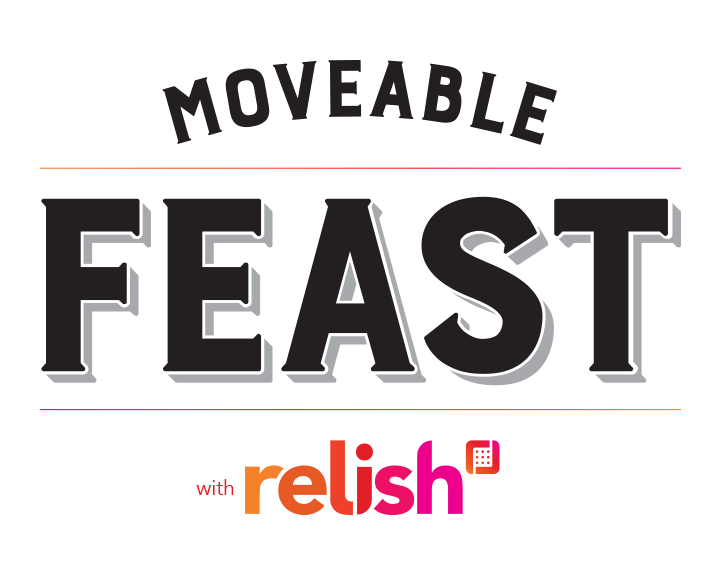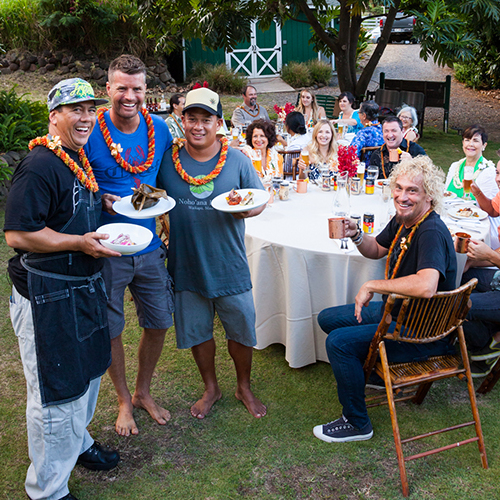Hokuao Pellegrino, his father, Victor, and mother, Wallette, are the caretakers of one of Hawaii’s most traditional, and most meaningful, crops—kalo (taro). In Waikapu, on Maui, where the Pellegrinos’ Noho’ana Farm provides 45 varieties of sustainably grown taro, there once were thousands of lo’i (irrigated terraces) where it grew. This was because poi, a mash of cooked, pounded kalo and water, was a staple of the indigenous Hawaiian diet and had great spiritual significance. Now only 1 percent of the population grows kalo, among them the Pellegrinos, whose Noho’ana means “way of life.”
According to a story in Maui Magazine, poi is traditionally served in an umeke, a covered communal bowl. When the lid is removed, the spirit of Haloa, ancestor of the Hawaiian people, is present. In addition to growing the kalo, Hokuao Pellegrino has studied the making of the special tools involved in cutting kalo and making paiai (the pounded and undiluted kalo) and poi and has reproduced them in a dense Hawaiian wood. And he passes on the traditions to the next generation in farm tours, demonstrations, and hands-on lessons for groups of schoolchildren whom the family welcomes to visit Noho’ana Farm.



